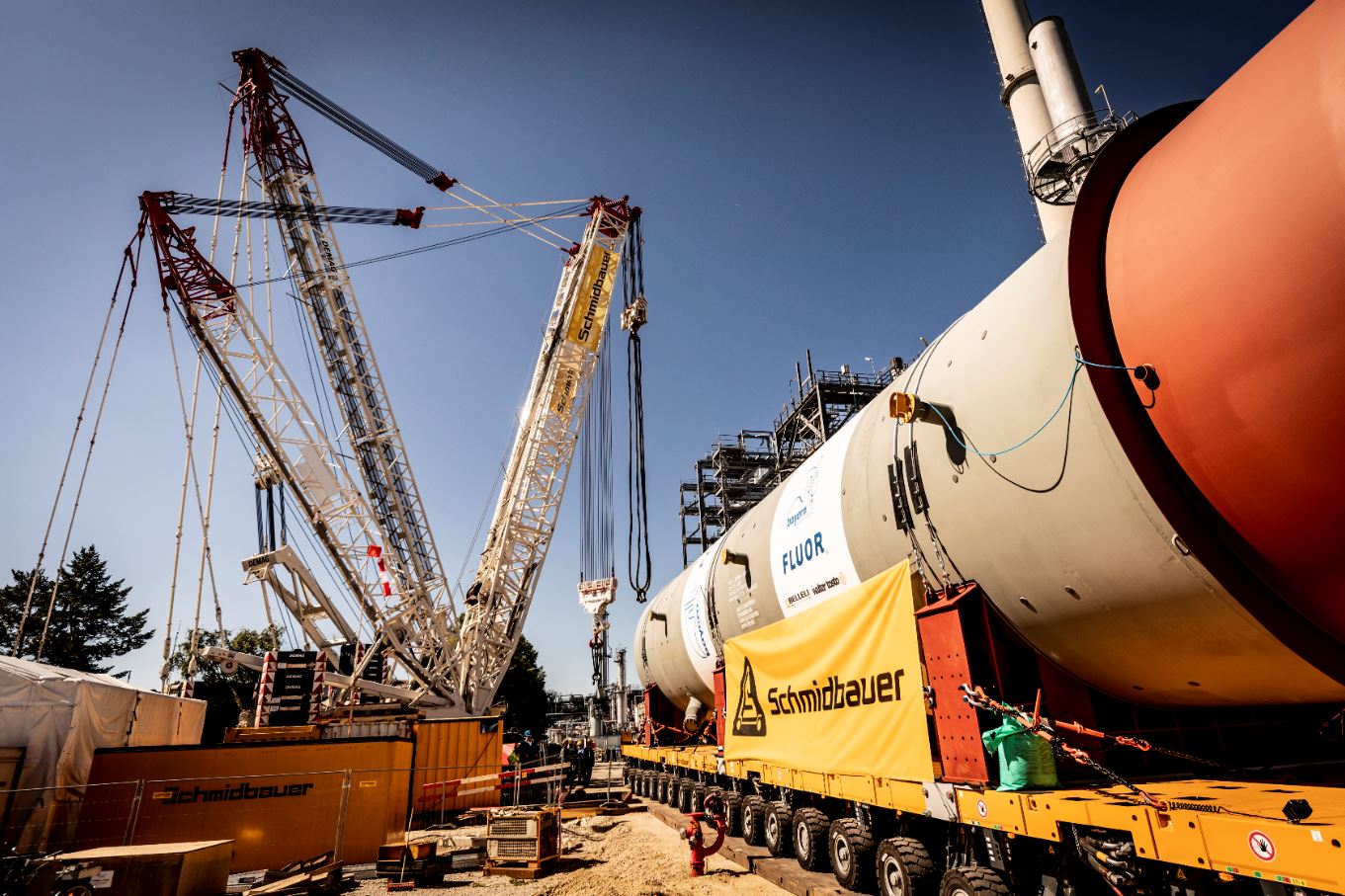Toyota Material Handling has announced that its top selling Tonero range of counterbalanced forklift trucks is now offered with newly-developed Stage V compliant diesel and LPG engines.
Toyota’s own in-house design team has been working on the development of the ultra-clean and highly fuel-efficient diesel (1ZS) and LPG (4Y-ECS) engines for almost five years, and the engines are not only designed by Toyota – the company builds them too.
Toyota’s Sales Training and Product Development Manager, Sam Gray, comments: “Toyota is one of the very few forklift manufacturers with the engineering expertise and market commitment to design and produce its own range of industrial engines. Whereas many others choose to outsource the key aspect of engine development, Toyota is proud to develop and build lift truck engines in-house.”
The engines, combined with other engineering advances incorporated within the design of the Toyota Tonero Stage V range, deliver a host of environmental benefits. For example, thanks in part to the integration of a diesel particulate filter (DPF) within the diesel engine and the introduction of a three-way catalytic exhaust system for the LPG trucks, carbon monoxide, hydrocarbon, particulate matter and nitrogen oxide emissions have all been dramatically reduced.
In fact, emissions from both the diesel- and LPG-fuelled Tonero Stage V forklift ranges are now so minimal that they are notably lower than the levels set out by the European Commission in its Stage V emissions standards for non-road mobile machinery (NRMM). The new range is also exceptionally fuel efficient – which, of course, is environmentally beneficial and also leads to a significant reduction in forklift running costs. The cost savings are particularly impressive when calculated over a truck’s lifetime.
When it comes to productivity, the Toyota Tonero Stage V range has been designed to ensure that users benefit from maximum truck uptime. For instance, the trucks require minimal maintenance, while service intervals have been increased, and when maintenance work does have to be carried out, the Tonero’s new, lean design enables engineers to access vital components quickly and easily – which means that servicing is completed efficiently and truck downtime is minimised.
Uptime is further enhanced by the diesel particulate filter’s automatic regeneration feature which means that DPF service intervals are long, up to 6,000 hours of operation. Meanwhile, the three-way catalytic exhaust system used on the LPG-engine Tonero Stage V is completely maintenance free.
Like all Toyota models, the new Tonero range delivers outstanding driveability. Low noise and vibrations help keep the truck operator comfortable throughout his or her shift, while the introduction of a new simple and intuitive dashboard display along with ergonomically positioned controls combine to give an added boost to operator efficiency and truck productivity.
The new Stage V engine is one of the keys to the exceptional levels of performance offered by Toyota’s recently updated and enhanced Tonero HST family of hydrostatic IC engine counterbalance forklift trucks.
The powerful hydrostatic LPG and diesel engines provide smooth, controllable yet rapid acceleration and allow the trucks to switch direction of travel from forward to reverse quickly and fluently – making the Toyota Tonero HST range ideally suited to busy operations that involve a lot of shunting work and where large volumes of goods have to be loaded and unloaded speedily, efficiently and safely.
Toyota’s Sam Gray added: “The new Tonero and Tonero HST models include many new features and improvements that meet customers’ requirements in terms of quality, driveability and safety. We strive to continue developing increasingly efficient IC-engine counterbalanced lift trucks with lower emission levels that minimise the total cost of ownership.”




